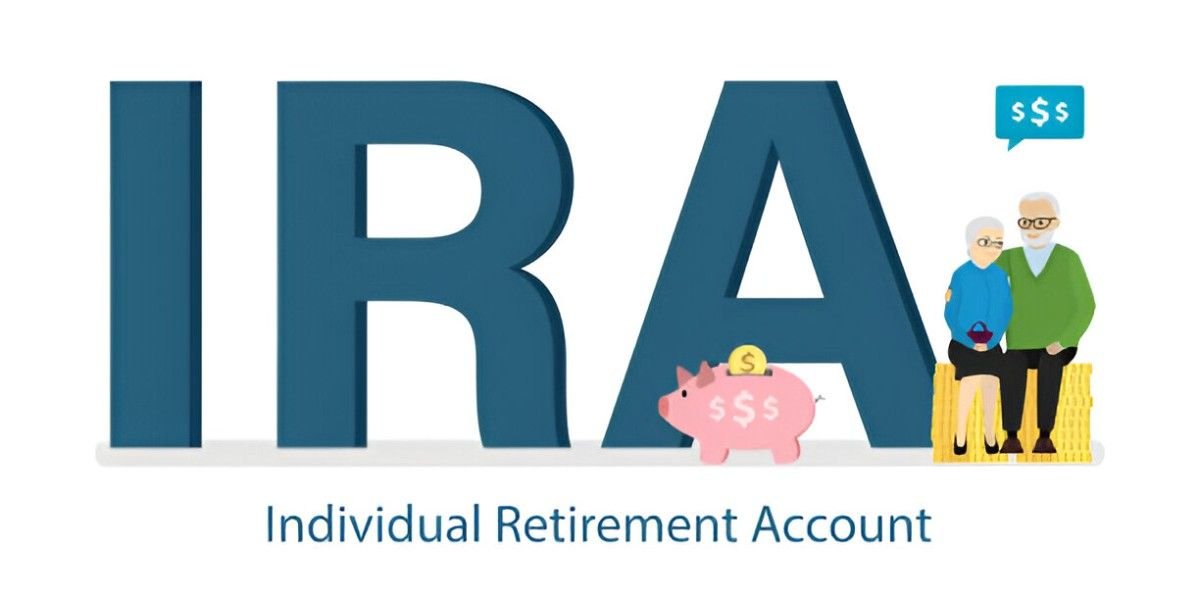As a finance expert, I often get asked about the best ways to save for retirement. One of the most effective tools available is the Mutual Fund IRA—a powerful combination of tax-advantaged retirement accounts and diversified investment funds. In this guide, I’ll break down everything you need to know about Mutual Fund IRAs, including account types, benefits, drawbacks, and strategies to maximize returns.
Table of Contents
Understanding Mutual Funds and IRAs
Before diving into Mutual Fund IRAs, let’s clarify the two core components:
- Mutual Funds – Professionally managed investment vehicles that pool money from multiple investors to buy a diversified portfolio of stocks, bonds, or other securities.
- Individual Retirement Accounts (IRAs) – Tax-advantaged accounts designed to help individuals save for retirement.
When combined, a Mutual Fund IRA allows investors to hold mutual funds within an IRA structure, benefiting from both diversification and tax efficiency.
Types of IRA Accounts for Mutual Fund Investments
There are several IRA account types, each with unique tax treatments and eligibility rules. Below, I compare the most common options:
1. Traditional IRA
- Tax Benefits: Contributions may be tax-deductible, and earnings grow tax-deferred.
- Withdrawals: Taxed as ordinary income in retirement.
- Required Minimum Distributions (RMDs): Begin at age 73 (as of 2024).
2. Roth IRA
- Tax Benefits: Contributions are made with after-tax dollars, but withdrawals (including earnings) are tax-free in retirement.
- Withdrawals: No RMDs during the account holder’s lifetime.
- Income Limits: High earners may be restricted from contributing.
3. SEP IRA (Simplified Employee Pension)
- For: Self-employed individuals and small business owners.
- Contribution Limits: Up to 25% of compensation or $66,000 (2023 limit), whichever is lower.
4. SIMPLE IRA (Savings Incentive Match Plan for Employees)
- For: Small businesses with fewer than 100 employees.
- Employer Contributions: Mandatory matching or non-elective contributions.
| IRA Type | Tax Deduction on Contributions? | Tax-Free Growth? | Tax-Free Withdrawals? | RMDs? |
|---|---|---|---|---|
| Traditional IRA | Yes (if eligible) | Yes | No | Yes |
| Roth IRA | No | Yes | Yes | No |
| SEP IRA | Yes | Yes | No | Yes |
| SIMPLE IRA | Yes | Yes | No | Yes |
Why Invest in Mutual Funds Within an IRA?
1. Tax Efficiency
- Traditional IRA: Contributions reduce taxable income now; taxes are deferred until withdrawal.
- Roth IRA: Pay taxes now, but all future growth is tax-free.
2. Diversification
Mutual funds provide instant diversification, reducing risk compared to individual stock picking.
3. Professional Management
Fund managers handle asset allocation, rebalancing, and security selection—ideal for passive investors.
4. Compounding Growth
The tax-deferred (or tax-free) nature of IRAs enhances compounding. For example, a $5,000 annual investment growing at 7% for 30 years yields:
FV = P \times \frac{(1 + r)^n - 1}{r}Where:
- P = 5,000 (annual contribution)
- r = 0.07 (7% return)
- n = 30 years
Plugging in the numbers:
FV = 5,000 × [ ( (1 + 0.07)³⁰ − 1 ) / 0.07 ] ≈ $505,365
In a taxable account, capital gains taxes would erode this growth.
Key Considerations When Choosing Mutual Funds for an IRA
1. Expense Ratios
High fees eat into returns. For example, a 1% fee over 30 years can reduce ending wealth by ~25%.
2. Fund Category
- Index Funds: Low-cost, passive (e.g., S&P 500 trackers).
- Actively Managed Funds: Higher fees, potential for outperformance (but most fail to beat indices).
- Target-Date Funds: Automatically adjust risk as retirement nears.
3. Asset Allocation
A balanced mix of stocks and bonds aligns with risk tolerance. Younger investors can afford more equities.
Potential Drawbacks
- Early Withdrawal Penalties: IRAs impose a 10% penalty (with exceptions) on withdrawals before age 59½.
- Contribution Limits: $6,500 (under 50) or $7,500/latex in 2023.
- Market Risk: Mutual funds are not FDIC-insured.
Final Thoughts
A Mutual Fund IRA is a smart way to build retirement wealth while minimizing taxes. Whether you choose a Traditional, Roth, SEP, or SIMPLE IRA, the key is to start early, keep costs low, and stay diversified.
By understanding these strategies, you can make informed decisions that align with your financial goals. If you need personalized advice, consult a financial advisor—but now, you’re equipped with the knowledge to ask the right questions.
Would you like me to expand on any specific area? Let me know in the comments.





